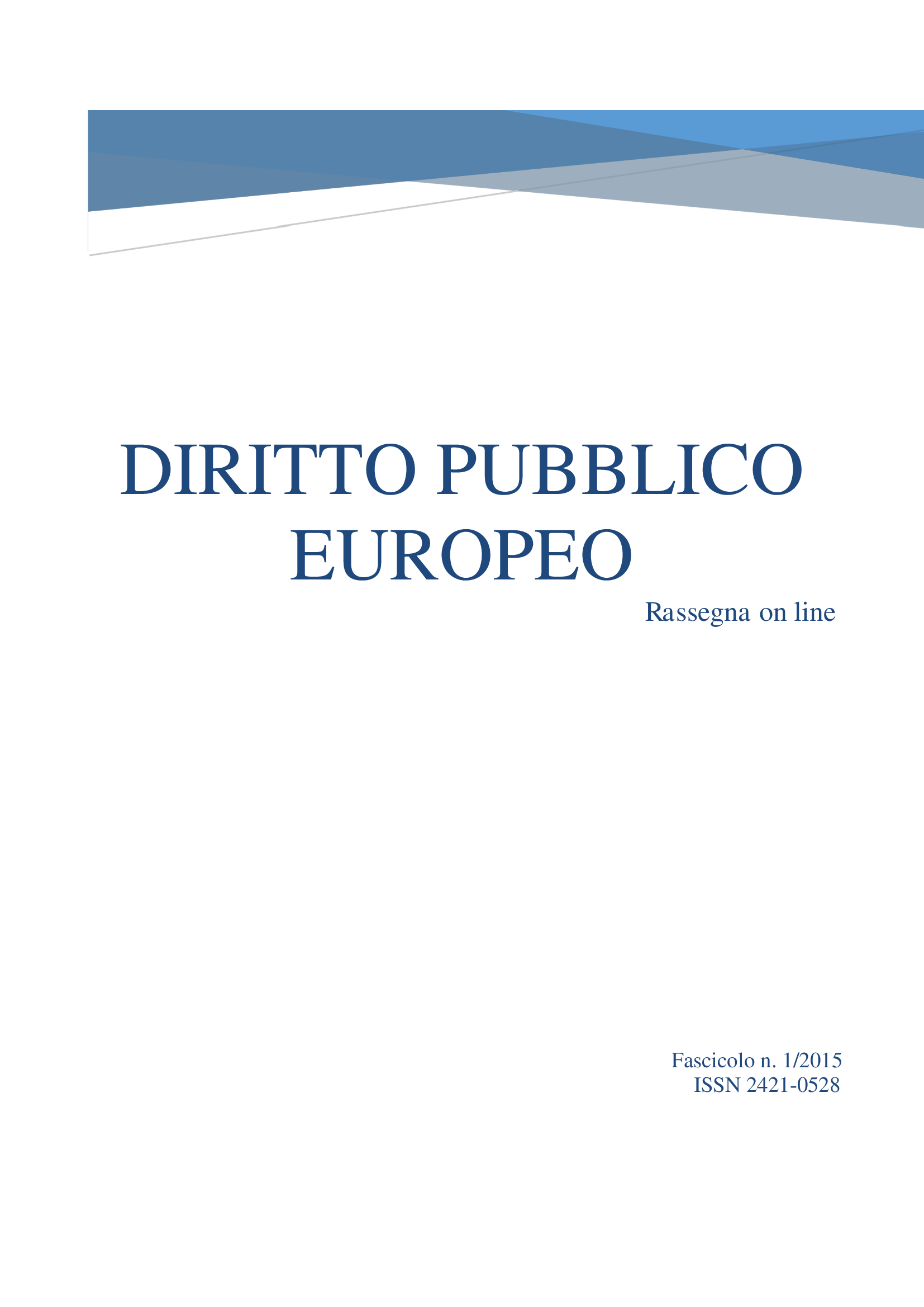Constitution and time
DOI:
https://doi.org/10.6092/2421-0528/6343Keywords:
Constitution and time, evolving interpretation, dialogue between CourtsAbstract
The conventional nature of Italian Constitution, adopted in 1947, contribuited to
emprove the openness of its provisions so that its constitutional principles can be
interpreted with different hermeneutical instruments.
An open constitution can be rigid relating to its modifiability: infact it ’s idoneus to last in
times, more than a univocal one.
This type of act gives to the Parliament more discretion and in this way it’s more compatible
with several political policies.
According to this, it’s not necessary to modify the Constitution when the Parliament
majority changes.
In other words, an open constitution can be easily interpreted with an evolving method so
that in this activity it will be possible considering the various social, economic, scientific,
technological, cultural and political circumstances.
These characteristics, conventionality, rigidity and flexibility are the reasons for which
actually the Italian republic an Constitution is in full force, without it has lost its actuality
and vitality, thanks to the unremitting work of constitutional jurisprudence, that
contribuited to encrease the making- process of transnational integration, also considering
the importance of hight European Courts in the adaptation of evolving Constitution.


